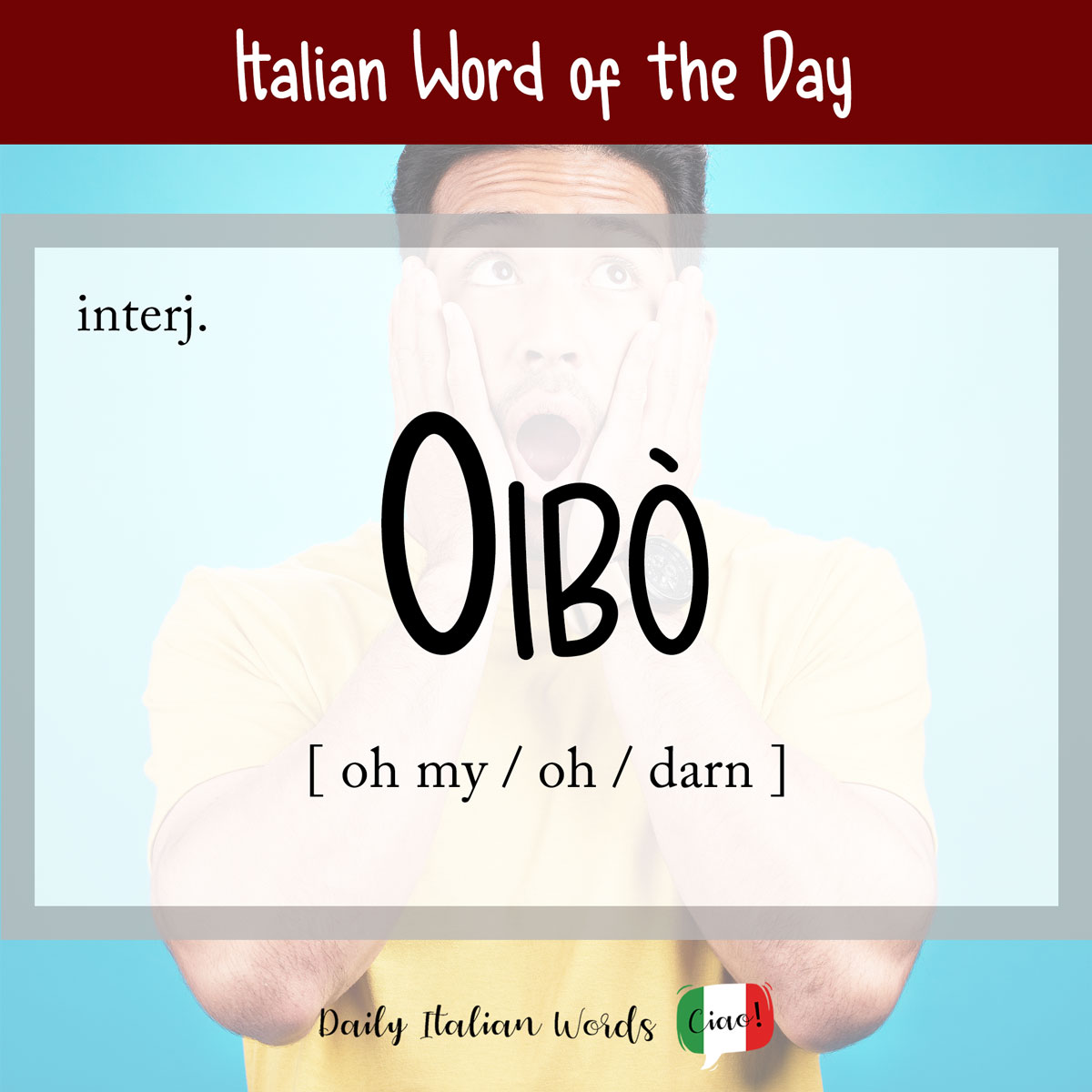Italian Word of the Day: Allibito (stunned / shocked)
If you are shocked or stunned by something to the extent that all colour drains from your face, a great word you can use to describe this feeling in Italian is allibito. allibito shocked / stunned Allibito is an adjective whose ending changes in accordance with the gender and number of the subject. If the …






